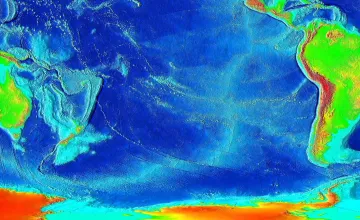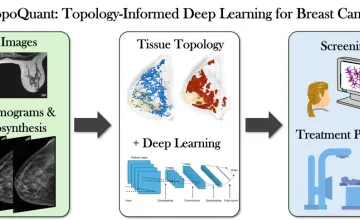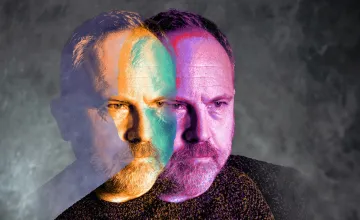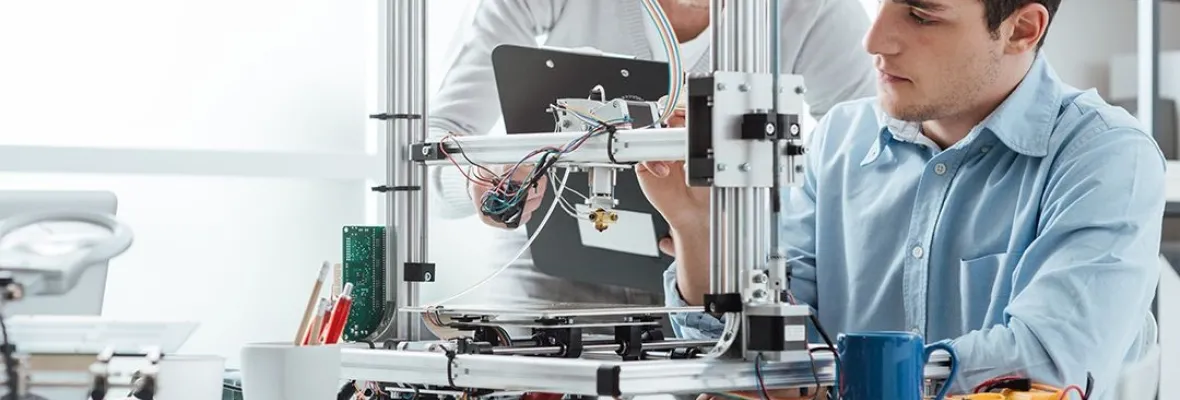AAU universities conduct a majority of the federally funded university research that contributes to our economic competitiveness, health and well-being, and national security. AAU universities are growing our economy through invention and innovation while preparing the next generation of scientists and engineers for global leadership. By moving research into the marketplace AAU universities are helping to create jobs, and provide society with new medicines and technologies.

UMD geologists uncovered evidence of a section of seafloor that sank into the Earth's mantle when dinosaurs roamed the Earth; it's located off the west coast of South America in a zone known as the East Pacific Rise.

Novel research supported by NCI could lead to more specific predictive disease models

A new University of Kansas study reveals parents seeking health care information for their children trust AI more than health care professionals when the author is unknown, and parents rate AI generated text as credible, moral and trustworthy.

Hypertension and amyloid plaques can separately cause dementia. Having both increases a person’s odds of developing cognitive decline, a new study finds
Explore More: University Research
You can filter stories by the university.
Findings by a team of Boston University researchers offer a new understanding of the biology of Alzheimer’s disease and may eventually offer new targets for drug treatments.
A signaling pathway in cells that regulates fat production could become a new target for cancer drugs, according to a finding by Weill Cornell Medicine researchers.
A new study shows significant reduction in death risk among women over 65 who regularly engaged in light physical activities such as ordinary household chores.
Stanford researchers have developed an algorithm that can diagnose up to 14 types of medical conditions based on chest X-ray images.
A new white paper designed to provide New York State healthcare providers and communities with the tools to manage and reduce opioid use disorder in pregnancy has been released by the American Congress of Obstetricians and Gynecologists (ACOG), District II.
Stony Brook University - The State University of New York | AAU Universities Battle the Opioid Crisis | Serving Local Communities | University Research
